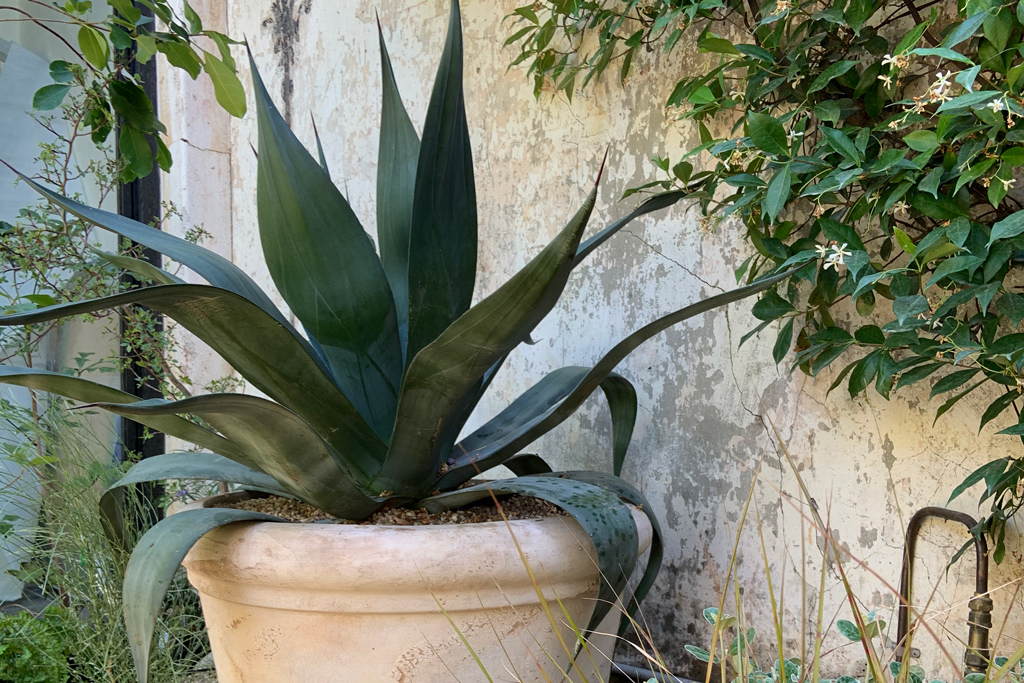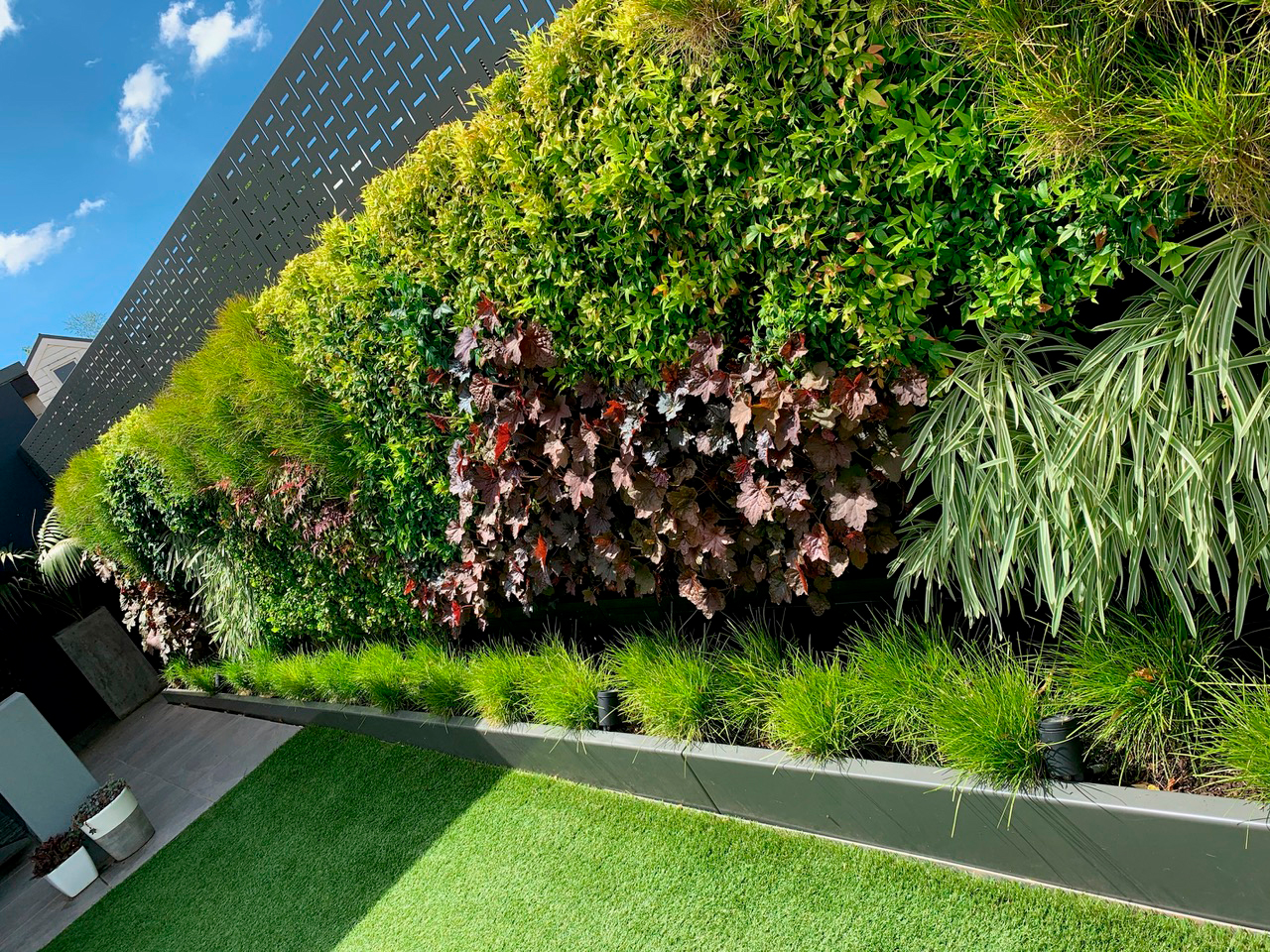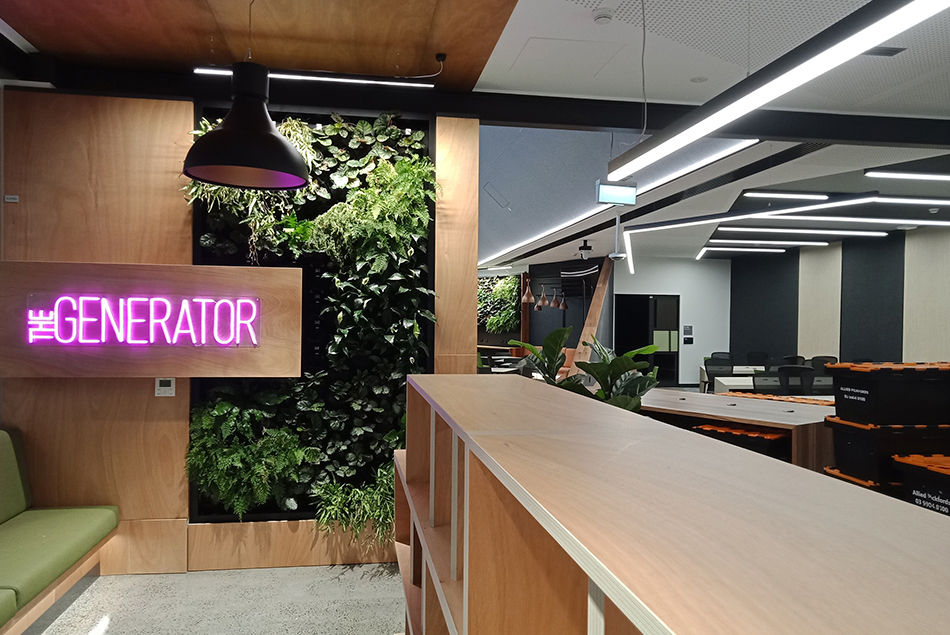
Nadia Gill specialises in creating highly stylised, classic contemporary gardens that are suitable for modern family living. She recognises the importance of achieving a seamless integration between indoors and outdoors within an attractive garden setting.

Nadia Gill, Landscape Architect
What sparked your career in landscape design?
I've always been interested in landscape design process and how it can transform space into something that responds directly to its environment, in both form and function.
I started my career in urban design and landscape architecture within the public domain. Following this (about 15 years ago), I transitioned to residential projects to pursue landscape design on a more detailed level. This better reflected my own lifestyle shift as I moved into raising a family of my own.
What fuels your creative process?
My passion for overseas travel informs my design process. I'm constantly inspired by the places I visit, in terms of landscape, urban design, culture, architectural expression, textures, colours and planting. Inspiring travels in recent years include the traditional Japanese Gardens of Kyoto; the picturesque region of Lake Como, Italy; the beautiful old town of Dubrovnik, Croatia; and the bustling vibrancy of New York, USA. Each country has a unique landscape identity that responds specifically to its culture. I like to translate aspects of that expression into my designs where relevant, through the use of landscape materials, pots, colour, planting and spatial planning.
Describe your design process. Is it client led, or do you endeavour to include your own style?
I like to collaborate closely with my clients to develop a brief that responds to the way in which they interpret landscape and how if fits into their lifestyle. Some clients want a showcase garden to complement and frame the house. Other clients prefer to develop a landscape that’s more user- friendly and adaptable to their family's needs.
Melbourne is, fortunately, the design capital of Australia. We have a very diverse range of housing and lifestyle choices that offer many opportunities in contemporary and traditional landscape design. I enjoy working across both design styles, but my preference is for a hybridised approach. This is a 'Classic Contemporary' style which is ultimately more timeless, relaxed and best reflects the needs of Australian lifestyle.
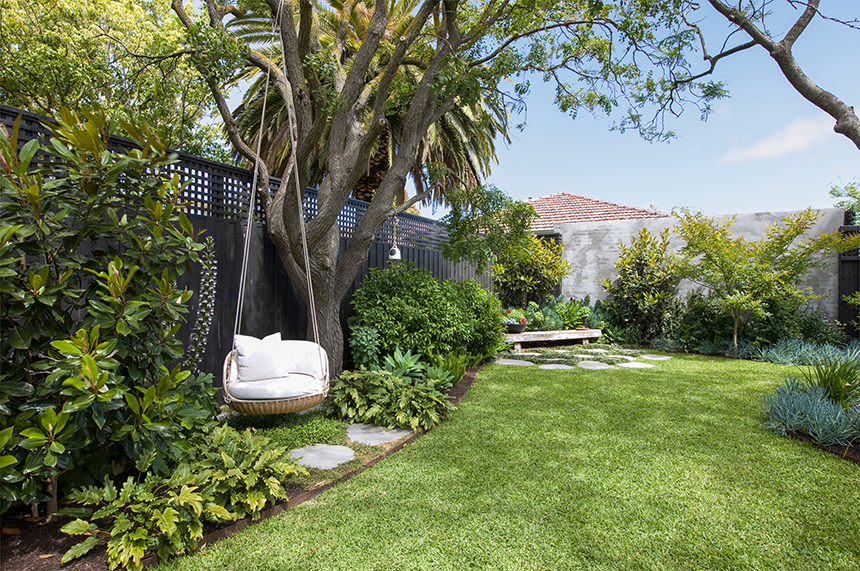
Tell us about some projects you're currently working on?
I'm currently working on several landscape design projects located on the outskirts of Melbourne, within bushfire-prone areas. These projects all involve very careful planning and specific landscape design responses to ensure they are implemented as safely as possible, and compliant with planning regulations. Designing landscapes for bushfire is an important narrative amongst design professionals that is very relevant, given the devastating bushfires Australia experienced earlier this year. We are focused on creating well designed landscape spaces that not only look great but also serve to protect.
Tips for linking an exterior space with the interiors of a home?
Integrated living is a trend that's evolved over the past decade which has changed the way Australians use their gardens. We now fully utilise all areas of the house and garden, with seamless integration between the two spaces. Open sightlines and a continuation of materials from inside to out help to maximise the sense of space and flow.
I like to create landscape focal points within the garden that can also be viewed from inside. Pots and urns with seasonal blooms are the perfect way to highlight vistas from windows that showcase your home and extend the view out into the garden.
Potted indoor plants are also very popular at the moment; these are a great way to soften interior spaces.
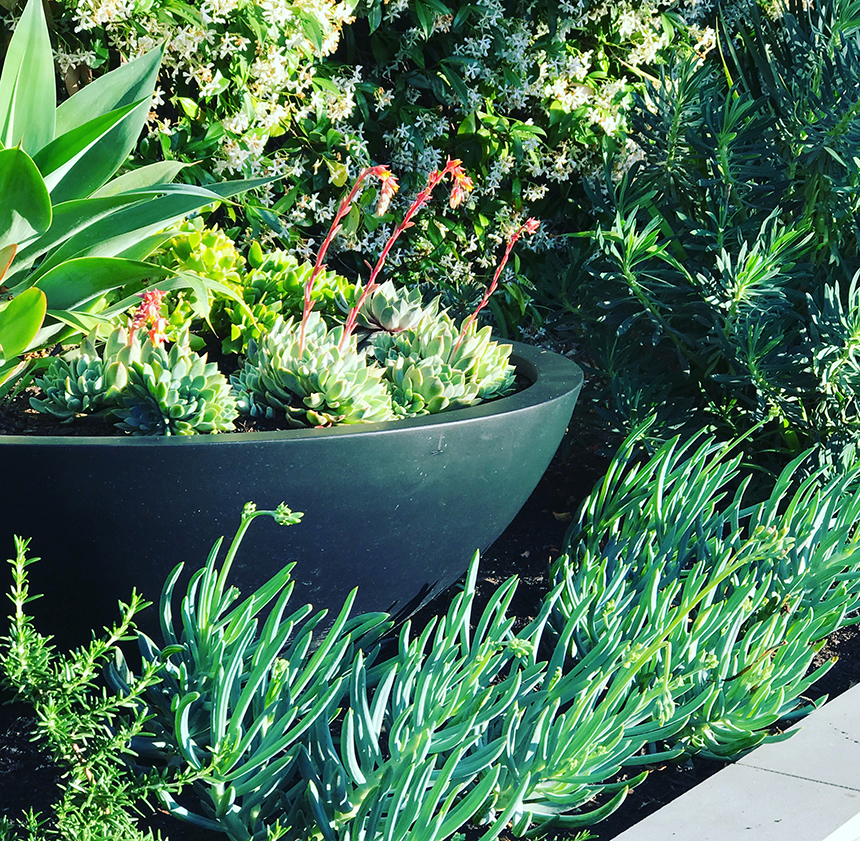
Which materials commonly appear in your projects?
I like to use textured natural stone paving where possible. Limestone, bluestone and travertine work well in all types of Melbourne gardens.
Outdoor art, sculpture and pots provide the finishing touches to a garden as focal points. Mixed succulent bowls, flowering urns and lush, potted foliage are some of my favourite ways to create feature elements in the landscape.
Do you have favourite go-to plants?
Melbourne has the perfect seasonal climate to showcase some of the best plants from around the world, as well as many beautiful Australian natives. I like to use plants that are bold in form, with lots of texture, shades of green and contrasting silhouettes. Some of my favourite species include Eucalyptus, Angophora, Maple, Magnolia, Euphorbia, Agave, Star Jasmine and Gardenia.
While we’re on favourites, do you have a favourite Martin Kellock Pots and Planters pot?
Martin Kellock has a wonderfully diverse range of pots that suit all types of landscape designs. I love the modern, simple lines of the Geo Rok and Balcony Lite range. These are perfect for contemporary gardens when planted with bold accent foliage plants such as Agave or Crassula. The glazed French Anduze Urns are also some of my favourite pots to use in traditional gardens – these look stunning with clipped Buxus or overflowing with seasonal annuals such as Impatiens.
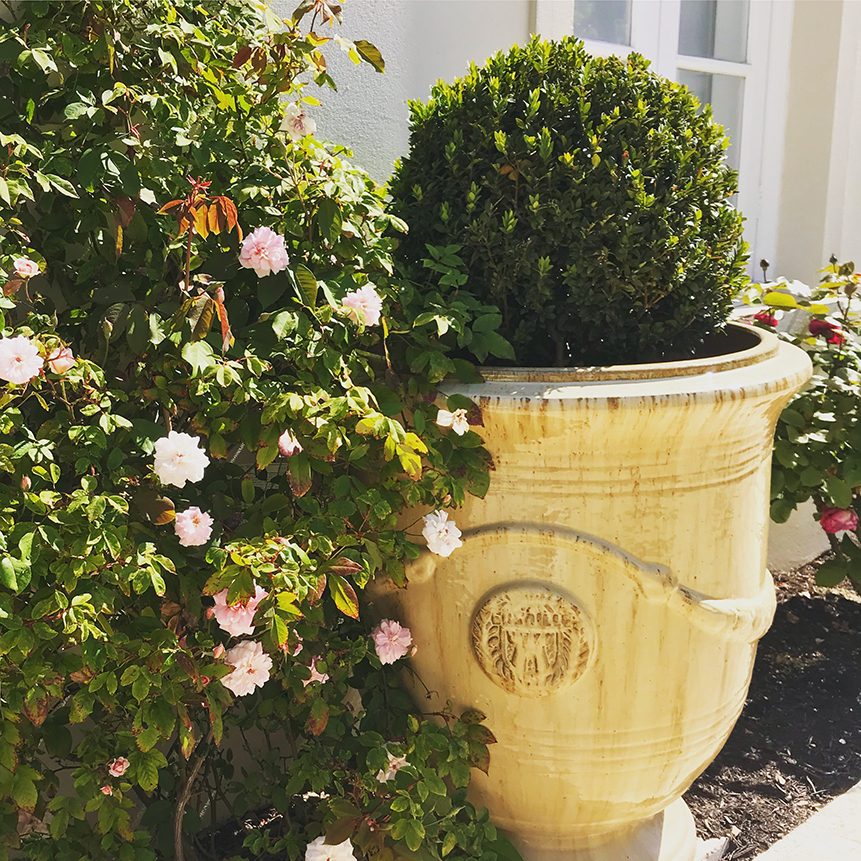 What trends do you see in the industry that excite you?
What trends do you see in the industry that excite you?
I'm inspired by the movement to create sustainable and adaptable landscapes – a direction now more relevant that ever. The recent COVID-19 health crisis has seen a drastic change in our lifestyles and has forced us to urgently reconsider the way in which we live and use our gardens. Large outdoor lounge/dining areas for summer living have been replaced with external fitness gyms that can be used year-round. Flowering blooms in feature pots have been replaced with edible gardens and herbs. Manicured lawns have been taken over by kids’ sporting equipment, table tennis, etc. As life returns to normal in the coming months, I’m sure this will affect the way we design future gardens to ensure their adaptability, as well as remain places of refuge and comfort.

